Learn About the Following:
- Types of Leg Fractures
- How Common are Broken Legs
- Complications from a Broken Leg
- Treatment
The personal injury attorneys at Hamilton & Associates have specific skills and targeted experience handling cases involving broken legs. Broken leg injuries differ from other personal injury claims. In order to successfully prove a case, different experts are needed to admit evidence in court. Special damage issues such as arthritis, permanent disability, orthopedic doctor expert testimony, and unusual medical bills are involved.
The broken leg attorneys at Hamilton & Associates have focused their case law on fractures, such as of the leg because of their serious nature and the special needs of the victim. While they can be painful and require ongoing treatment for some, leg fractures are particularly common.
Types of leg fractures
There are several major types of leg fractures. The major bones of the leg are as follows:
- Femur
- Tibia
- Fibula
Foot bone fractures are also included. These include the broken bones of:
- Cuboid bone
- Navicular bone
- Cuneiform bone
- Metatarsal bone
- Phalange
- Talus
- Calcaneus
Some broken bones are rather simple and heal quickly. Others can cause life changing disability. It is important for the victim of a broken leg bone to present their case using the best experts. The added experience of a broken bone expert can have life changing benefits.
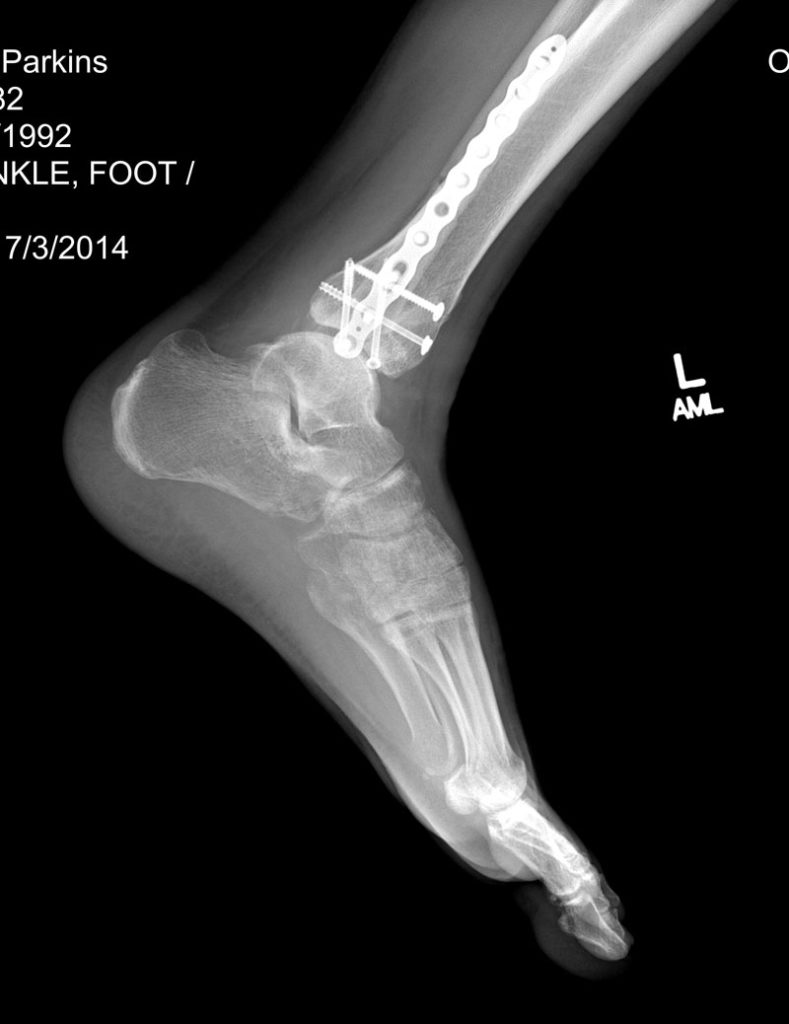
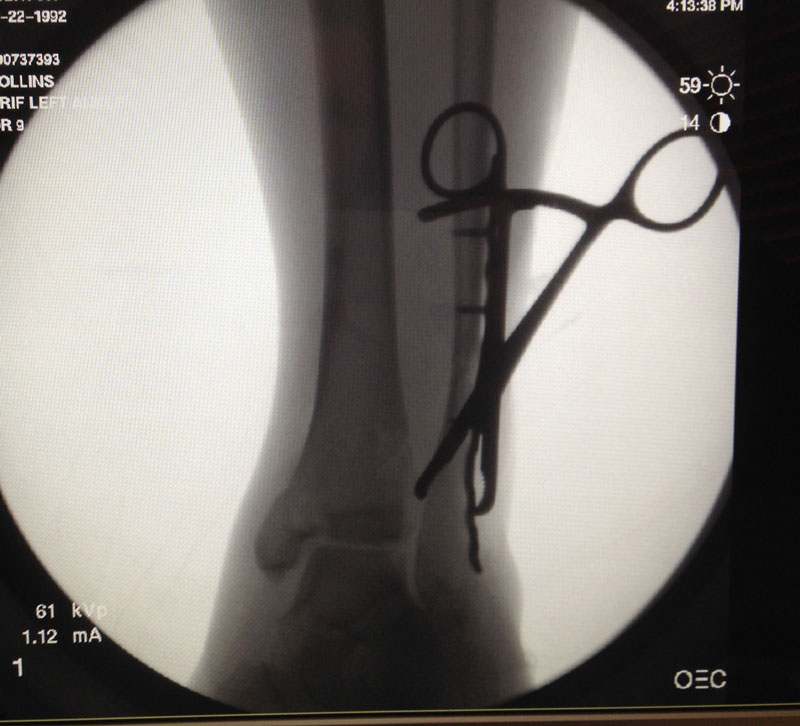
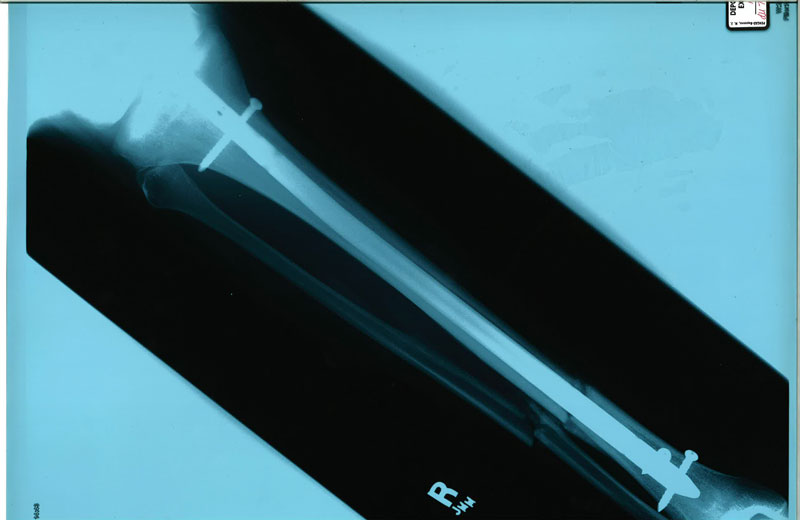
How common are leg fractures?
Broken leg bones are the most common orthopedic problem seen by physicians. Approximately 6.8 million victims seek medical attention each year in the United States from a leg break.
Interesting facts are as follows:
- Average age of broken bone = 75 years
- 40% of fractures occur at home
- Men are 3% more likely to have a broken leg bone than women
- After 45 years of age, women become more likely to have a broken leg bone
- Leg fractures account for 887,000 hospitalizations each year in the United States
- 6% of fractures are referred to orthopedic surgeons
Source: National Ambulatory Medical Care Survey and American Academy of Orthopedic Surgeons
Broken bones prevalence breaks down as follows:
- Hip = 58.9%
- Spine vertebra = 7.3%
- Pelvis fracture = 7.1%
- Humorous fracture = 5.7%
- Femur fracture = 4.3%
- Ankle fracture = 3.9%
- Radius pusolma fracture = 3.7%
- Rib, Sternum, Larynx, and Trachea = 3.1%
- Tibia plus Fibula = 3%
- Patella fracture = 1%
Source: Praemer, Furner and Rice: Musculoskeletal Conditions in the United States; Rosemont, The American Academy of Orthopedic Surgeons, 1999.
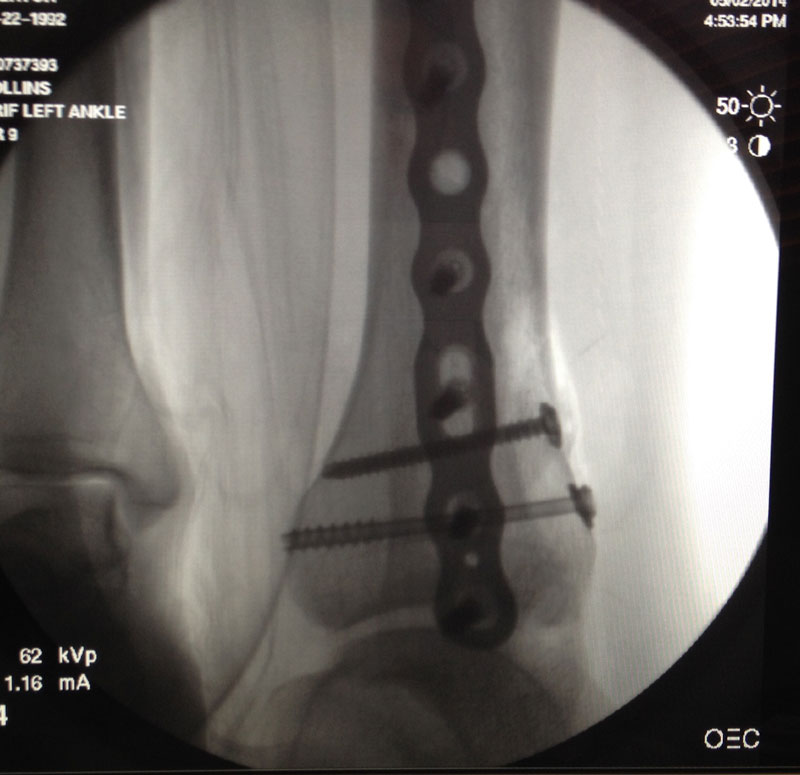
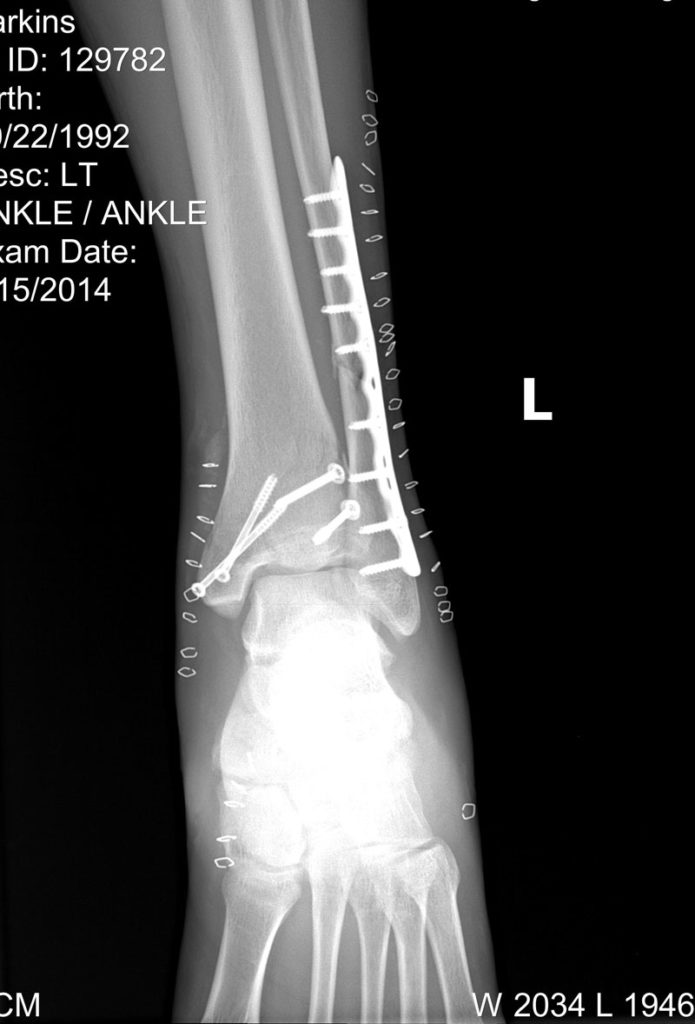

What complications result from a broken leg?
Often, bone breaks of a lower extremity (a broken leg) do not heal normally or quickly. In fact, problems occur during the healing process. Broken bone lawyers pay particular attention to this as it can drastically affect the value of your case. Also, our broken bone experts take these complications into account. The most common complications are as follows:
- Chronic knee pain
- Chronic ankle pain
- Delays and inadequate healing – This is common with fractures that pierce the skin or break into fragments as blood flow is hindered.
- An infection of the bone, known as Osteomyelitis – Either a fungus or a bacteria can cause an infection with delays and even permanent disability.
- Nerve damage
- Blood vessel damage
- “Compartment” Syndrome – This can cause your leg to swell and the muscles to be hindered causing disability. Though this is highly unusual Compartment Syndrome is often seen by our attorneys because it pairs itself with high impact traumatic bone breaks. These include auto accidents, motor cycle accidents, and pedestrian-car crash injuries.
- Arthritis – Arthritis is a particular problem with any “acetabular” fracture. These are fractures around a joint.
- Legs that become unequal in length – Sometimes, bone can be missing. Other times, a bone can heal at an unusual rate. This can cause unequal leg length. Unequal leg length can cause lingering disability and injuries in other body parts that must be taken into account for lawsuit value and treatment.
What difference between a broken bone and a fracture?
There is the difference between the medical and the ordinary definition of “fracture.” A broken bone is a commonly used term. For example, a crack in the bone is both a broken bone and a fracture; however, the treatment and danger of a cracked bone is much less than other types of bone breaks.
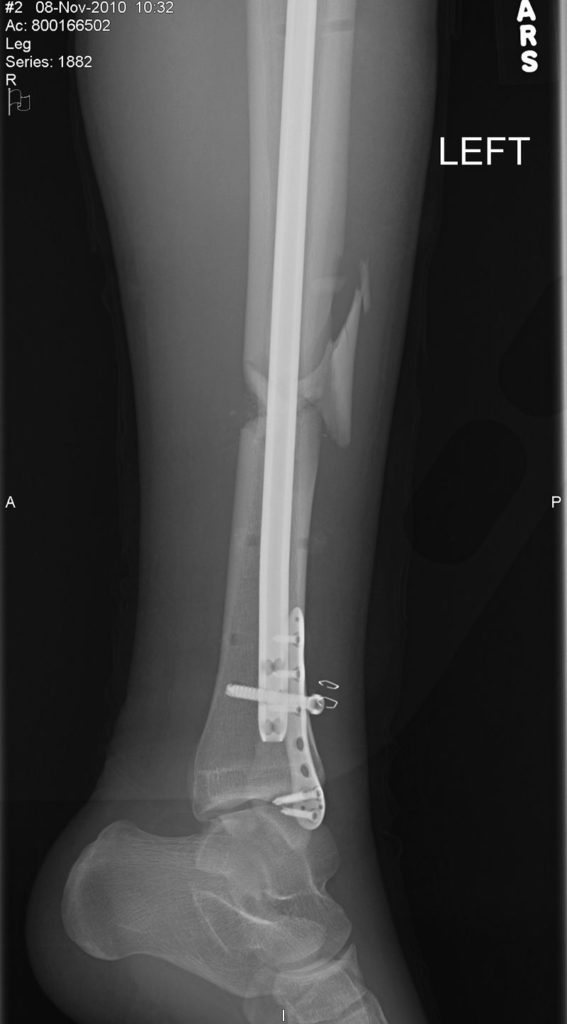
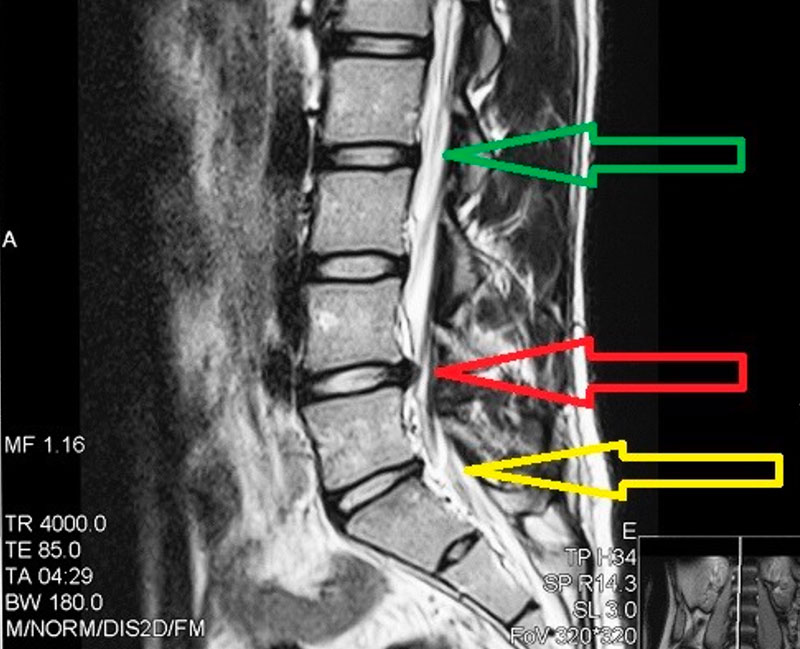

What are the types of broken bones?
The broken bone lawyers at Hamilton & Associates see many types of leg fractures. This is where our targeted experience with broken bones comes to your advantage. Different types of broken bones must be treated differently. The types of leg fractures are as follows:
- Avulsion = a broken bone from muscle or a ligament pulling it until it breaks.
- Transverse fracture = an even clean broken bone directly across or at a 90º angle.
- Torus (buckle) break = an unbroken bone but one that has deformed. Children often get this painful condition as they grow.
- Spiral fracture = a broken bone that twists around its radius.
- Stress break = These are common among people playing sports. Repeated impacts, strains, and stress cause the bone to break down and fracture.
- Pathological bone breaks = a victim with a disease or other medical ailment that weakens bones until they fracture.
- Oblique fracture = a bone break that is diagonal and not even across the bones access. Any angled bone break is considered oblique
- Longitudinal bone break = a break along the long part of the bone that may or may not be even.
- Impact bone break = a fracture of the bone where one part of the bone is pressed into another part of the bone.
- Hairline bone break = a partial break of the bone that is often difficult to clinically observe by your physician. Hairline fractures often do not go all the way through the bone.
- Dislocated bone break = a situation where the bones are apart and not evenly aligned after the accident. These are also called displaced.
- Greenstick bone break = This is a clear break of the bone that does not go all the way through it. Part of the bone is split apart where the other remains intact. These are often seen with children as their bodies are more elastic and the bones more soft.
- Crushing bone break (compression fracture) = crush fractures in spongy bone such as in your back. This creates a partial collapse of the bone that can be seen on either an MRI or an X-ray. Crushed vertebra are the most common incident.
- Comminuted bone break = a fracture where the bone is broken into many pieces, like glass.


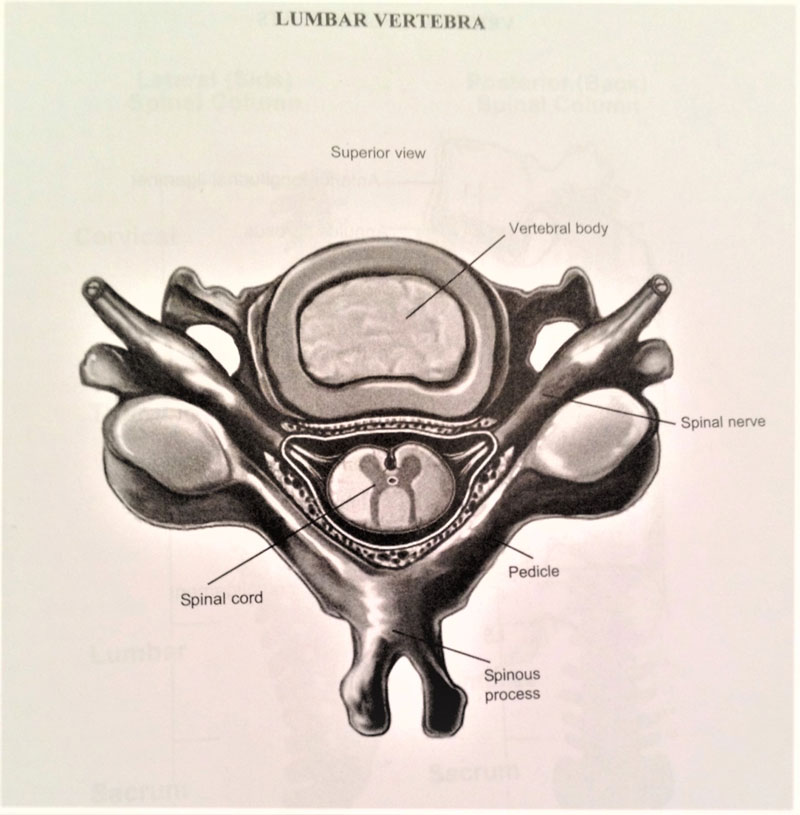
How are broken bones treated?
The body will begin to naturally heal itself from a broken bone. However, more serious broken bone fractures must be dealt with by professional services offered from physicians and orthopedic surgeons. The typical types of treatment are as follows:
- External Fixation = steel pins that poke through your skin and into the bone to hold it in place. This looks like scaffolding on a building.
- Intra-medullary = steel rods that are placed down the center of long bones, such as the femur in the leg. Flexible wires are used when the victim is very young. This holds the long bones in place. These tend to be permanent.
- Metal plates or screws = These are the ORIF surgeries known as Open Reduction and Internal Fixation.
- Casting = the traditional method of treatment where a plaster or carbon fiber cast placed around the bone or leg and held immobile until the body can heal itself.
Resources for broken leg bones
Kansas City has many great orthopedic clinics that regularly treat broken leg bones. The following have good reputations:
- Kansas City Bone and Joint Clinic
10701 Nall Avenue, Suite 200
Overland Park, Kansas 66211
(913) 381-5225
- Kansas City Orthopeadic Institute
3651 College Blvd.
Leawood, Kansas 66211
(913) 338-4100
- Dickson Diveley Orthopeadics
St. Luke’s Hospital
Medical Plaza Building #1, Suite 610
4320 Wornall Road
Kansas City, Missouri 64111
(913) 319-7600
The following resources provide other patient benefits:
- National Rehabilitation Information Center (NARIC)
4200 Forbes Blvd., Suite 202
Lanham, Maryland 20706
1-800-346-2742
www.naric.com
- National Institute for Occupational Safety and Health
4676 Columbia Parkway
Cincinnati, Ohio 45226
1-800-356-4674
www.cdc.gov/niosh/
- The National Institute of Arthritis and Musculoskeletal and Skin Diseases
Information Clearing House
National Institutes of Health
1 AMS Circle
Bethesda, Maryland, 20892-3675
1-877-226-4267
www.niams.nih.gov
If you have suffered a broken bone or leg fracture, call the broken bone attorneys at Hamilton & Associates. Our success rate and targeted experience will benefit your case more than other personal injury attorneys.
We will immediately investigate the cause of your injury. We will seek compensation for your medical bills, disability, limitations, pain and suffering. It is important that you have the right solution for your specific problem. That is why our broken bone attorneys are here for you.
